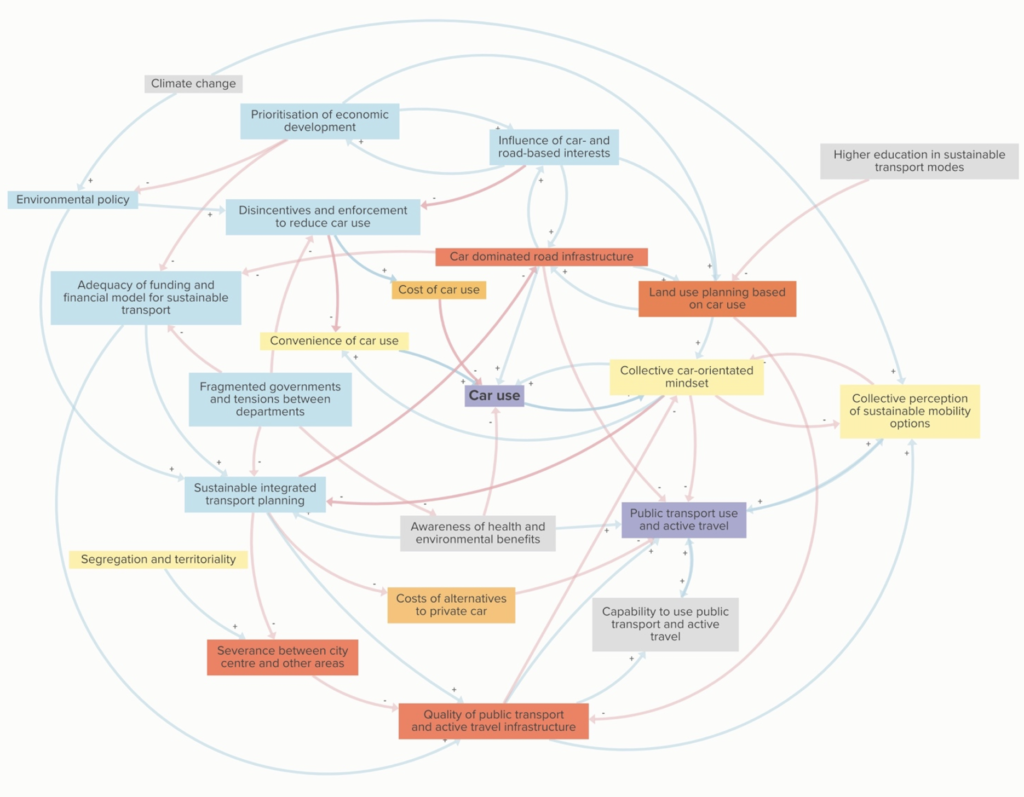City Know-hows

City makers need to stop making cities for ‘normal’ circumstances. Cities are liveable only when they can respond and reflect on and learn from disruptions and consequently adapt and change.
Share
Target audience
City-makers and urban policymakers
The problem
The Covid-19 Pandemic revealed the deficiency of the current planning systems in coping with disturbances and the inability of cities to maintain their level of liveability during the time of crises. Traditional interpretations of liveability tend to emphasise the quality of life, health and wellbeing of communities under ‘normal’ circumstances, and disregard the impacts of unexpected shocks and disturbances on cities.
What we did and why
The research focused on understanding the interface between the concepts of liveability and resiliency. The question for this paper is: ‘How can we plan liveable cities that are resilient to shocks, such as the Covid-19 pandemic?’
Our study’s contribution
The research highlighted the importance of integrating the concept of resiliency into liveability to develop cities that can sustain their liveability over time, specifically when disruptions happen. Cities need to increase their capacity to not only absorb shocks and respond quickly, but also, reflect on and learn from disruptions and consequently adapt and change. We need urban policies and plans that enable cities to adapt, survive and thrive and maintain the quality of life, health and wellbeing of citizens during and after crises.
Impacts for city policy and practice
Urban planning and policy needs to address the institutionalised inequities built into our cities through ‘local living’. Planning sustained liveable cities also requires to:
• Be ‘people centred’
• Apply ‘Integrated long-term planning’,
• Be ‘responsive and adaptable’,
• Ensure ‘future-proofing’
• Promote ‘sustainable development’
Further information
Full research article:
Related posts

Heat exposure and greenness influence health and learning outcomes. Satellite images show schools on the Coast have strong heat stress levels and low vegetation; schools in the Andes have the largest solar radiation. Reforming school infrastructure standards is urgently needed in Ecuador. To describe environmental conditions in nine Ecuadorian schools, we analyzed three variables: temperature, vegetation, and solar radiation derived from satellite images that we downloaded from Google Earth Engine. We compared schools across three ecoregions to see differences in range and average values.

Belfast has very high levels of car use. Working with stakeholders we tried to understand what factors influence this. System wide factors, such as financial models for transport, a collective car-orientated mindset and car dominated road infrastructure, have the strongest influence on individual behaviour.

We ask whether streetscape design can be used to alleviate anxiety. Let’s understand how we can alleviate anxiety of the people on streets through their daily experiences while walking.